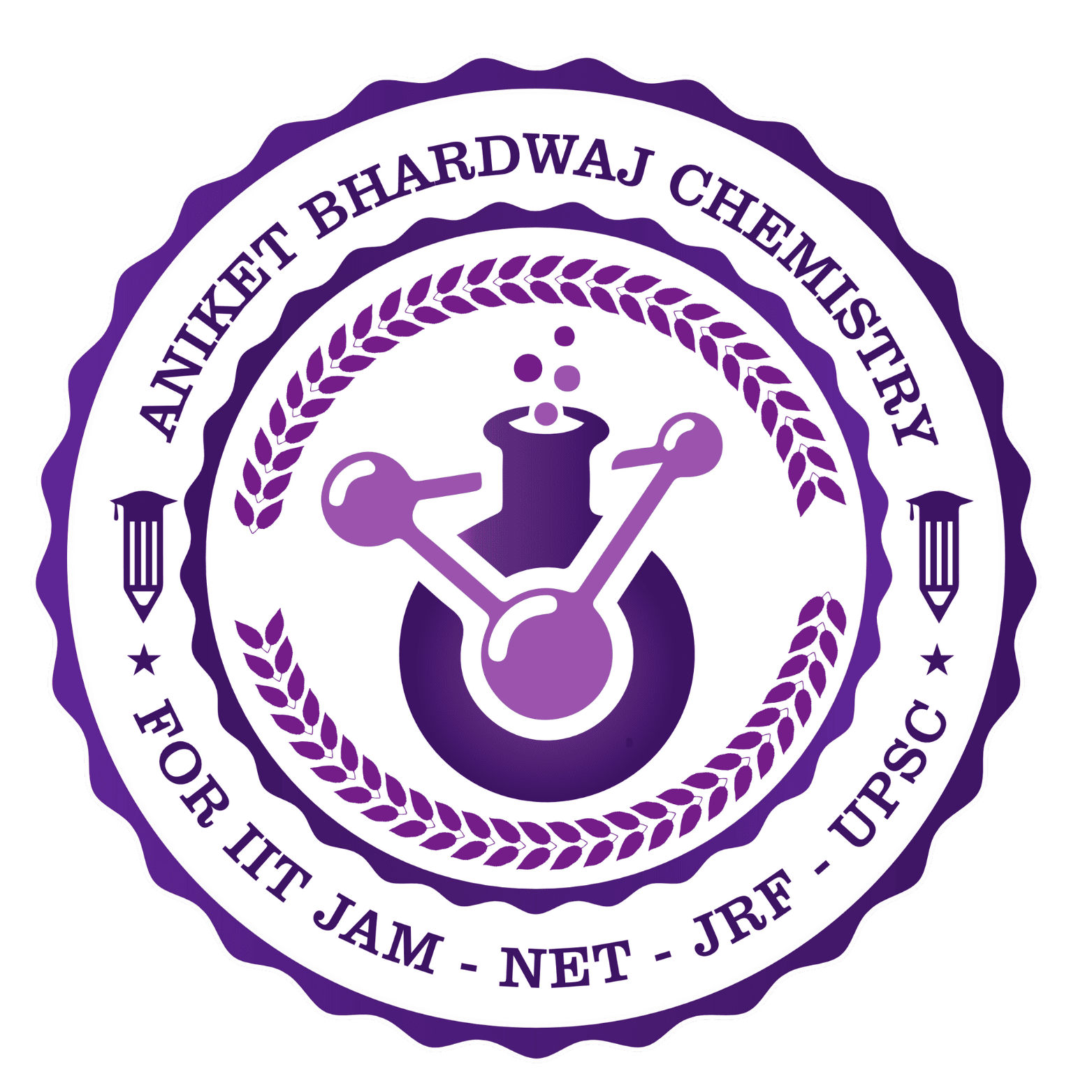CUET Post Graduate (PG) Chemistry
CSIR NET Chemical Science Exam: A Comprehensive Guide
The Council of Scientific and Industrial Research (CSIR) – National Eligibility Test (NET) in Chemical Science is one of the most prestigious examinations for aspiring researchers and lecturers in India. Conducted by the National Testing Agency (NTA) on behalf of CSIR, this exam aims to select candidates for the award of Junior Research Fellowship (JRF) and for eligibility as Assistant Professors in Indian universities and colleges. The test evaluates candidates' understanding of core chemistry concepts, problem-solving skills, and research aptitude.
CUET Post Graduate (PG) Chemistry is the entrance examination conducted under the Common University Entrance Test (CUET) framework for admission into Master’s degree programs in Chemistry at various central and participating universities across India. This exam assesses candidates’ understanding of fundamental and advanced concepts in Chemistry, including Physical Chemistry, Organic Chemistry, Inorganic Chemistry, and Analytical Chemistry.
The CUET PG Chemistry syllabus typically covers topics such as atomic structure, chemical bonding, thermodynamics, kinetics, coordination compounds, reaction mechanisms, spectroscopy, and environmental chemistry. The exam aims to evaluate candidates' theoretical knowledge, problem-solving skills, and analytical abilities, preparing them for higher studies and research in Chemistry.
CUET - PG frequently Asked Questions
| Sr. No. | Name Of Previous Year Papers | Download |
| 1 | CUET PG Chemistry Previous Year Question Paper - 2006 | Download |
| 2 | CUET PG Chemistry Previous Year Question Paper - 2007 | Download |
| 3 | CUET PG Chemistry Previous Year Question Paper - 2008 | Download |
| 4 | CUET PG Chemistry Previous Year Question Paper - 2009 | Download |
| 5 | CUET PG Chemistry Previous Year Question Paper - 2010 | Download |
| 6 | CUET PG Chemistry Previous Year Question Paper - 2011 | Download |
| 7 | CUET PG Chemistry Previous Year Question Paper - 2012 | Download |
| 8 | CUET PG Chemistry Previous Year Question Paper - 2013 | Download |
| 9 | CUET PG Chemistry Previous Year Question Paper - 2014 | Download |
| 10 | CUET PG Chemistry Previous Year Question Paper - 2015 | Download |
| 11 | CUET PG Chemistry Previous Year Question Paper - 2016 | Download |
| 12 | CUET PG Chemistry Previous Year Question Paper - 2017 | Download |
| 13 | CUET PG Chemistry Previous Year Question Paper - 2018 | Download |
| 14 | CUET PG Chemistry Previous Year Question Paper - 2019 | Download |
| 15 | CUET PG Chemistry Previous Year Question Paper - 2020 | Download |
| 16 | CUET PG Chemistry Previous Year Question Paper - 2021 | Download |
| 17 | CUET PG Chemistry Previous Year Question Paper - 2022 | Download |
| 18 | CUET PG Chemistry Previous Year Question Paper - 2023 | Download |
| 19 | CUET PG Chemistry Previous Year Question Paper - 2024 | Download |






